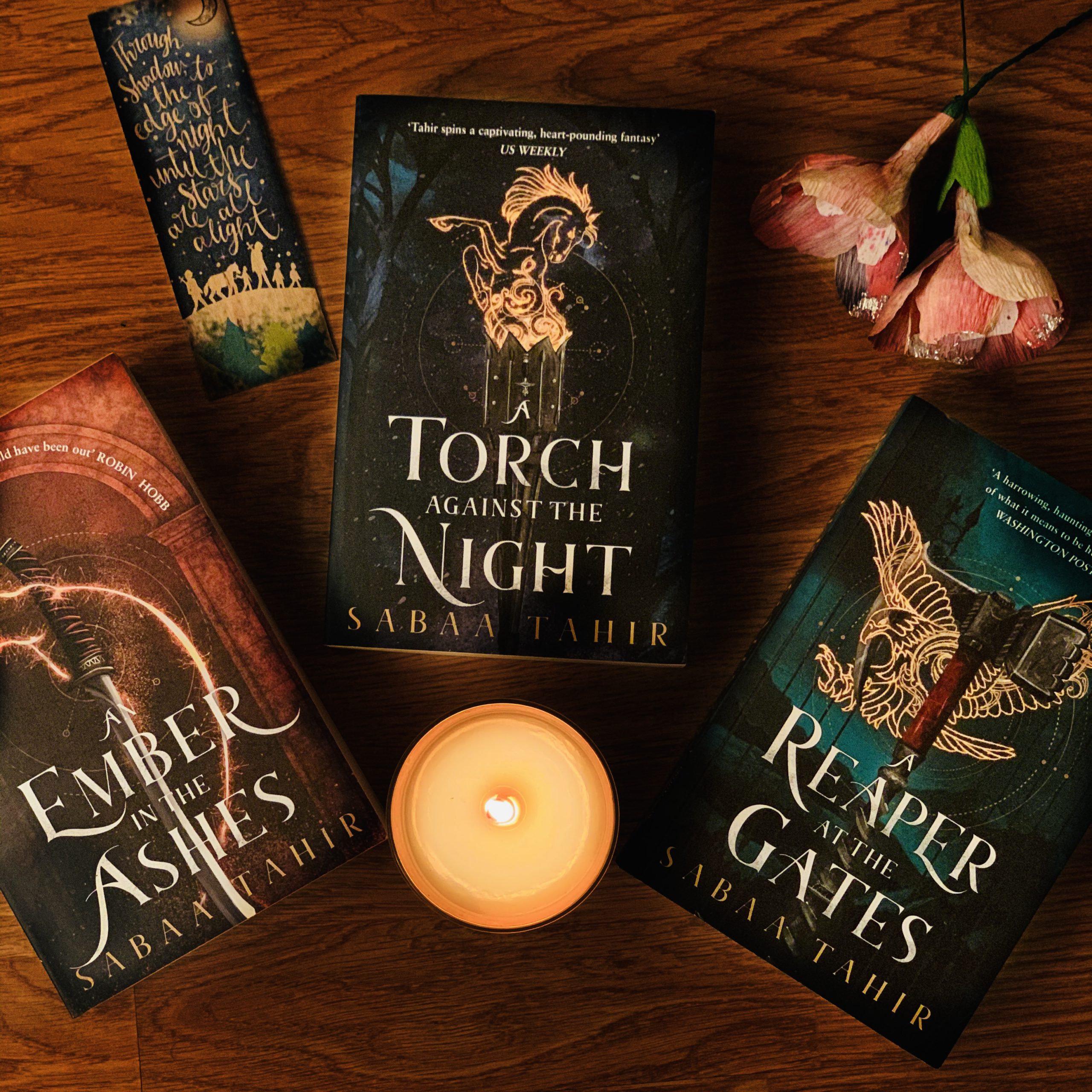- By The Zoya Project
- May 22, 2018
- 0 comments
I adore faerie stories. The possibilities seem endless and yet in our own ways we have demarcated rules of their world. Whether these rules have come from fae yet to be discovered or books of the old I will never know, but the idea of the fae world has always enchanted me. This book is a testament to any other novel wishing to tell a story of the fae. Every author who is enchanted by the fae needs to read this novel.
An Enchantment of Ravens written by Margaret Rogerson is a work of art. It tells the tale of the seventeen-year-old artist Isobel, as she embarks on a journey through the fae lands alongside the Autumn Prince Rook after she paints him with human emotion brimming in his eyes.
I think the world-building is the best part of this book. It’s an immersive one. From the different Fae Courts to the Green Well and Whimsy itself. They come alive, every part of this new world of humans and fae described in detail. Much like the art within the book the world comes alive in faint colors, I could almost see the scarlet leaves of the autumn court and the golden summer that lay atop Whimsy. It’s a new sort of idea (or a new one that I have read of) where the outside world is negated to tell the story of a town on the brink of the fae world where fair folk are welcomed. In all other novels, the fae world is often veiled so mortals may not chance upon it. To have a world where mortals and fae live together of sorts, or rather encounter each other so regularly, was quite new. I actually enjoyed the concept a lot more. It allowed for far greater world-building, the plot points and characteristics of the fae came across more naturally. Earlier this year I read The Cruel Prince in which Jude tells us the rules of the fae quite methodically. The rules and ways of the fair folk flow much more naturally in this world-building system and one slips into the story with more ease. I can’t say any more lest I spoil the story itself.
The writing itself is lovely. It’s rather simple but it has an archaic sort of air to it. It made me feel like I had fallen into Disney’s 1959 Sleeping Beauty. The language was prosaic and lovely and the story came across sort of like magic. It felt very in tune with the fae theme. The entire effect of the language with the plot was wonderfully cohesive.

a famous painting of a maiden drowning in a lake at dusk, sinking into shadow as her dress billowed weightlessly after her.
~ Margaret Rogerson
I adored the characters, much like the name of the town I found all of them to be amazingly whimsical. From Gadfly’s narcissism that gloves his secrets to the madness of Lark and the hulking danger that lurks within the sleeping Alder King. Every character small or big had a touch of whimsy. It was lovely to see those touches in the story. But the true masterpiece of this story is Rook. He has been so far removed from humanity for so many aeons that his inability to understand their idiosyncrasies and his resolve to be proper (because he is a prince) renders him the sweetest character. He is laughably proper and dangerously feral when he wants to be and yet he is so tender that you can’t help but fall in love with him.
“Isobel.” Rook looked at me gravely. “Isobel, listen The teapot is of no consequence. I can defeat anyone at any time.”
He says this completely seriously and it killed me. I swooned while reading this, simply because he is far too sweet a protagonist.
On a usual basis, insta-love is my least favourite trope but the entire romance between Isobel and Rook is so lovely. It seems like insta-love but it is only a faint infatuation and only far later in the book do both realize they are in love and confess. It was such a lovely romance and with Isobel’s human rules and Rook’s inability to understand yet unquestioning acceptance of them, the romance that blossomed felt filled with understanding, affection and respect.
In short, this was a five star read and I would like to make my new home Margaret’s mind while she wrote this, so I may have lived in whimsy writing my own stories or danced in the autumn court in a dress of fallen rose petals.
On a usual basis insta-love is my least favorite trope but the entire romance between Isobel and Rook is so lovely. It seems like insta-love but it is only a faint infatuation and only far later in the book do both realize they are in love and confess. It was such a lovely romance and with Isobel’s human rules and Rook’s inability to understand and yet unquestioning acceptance of them, the romance that blossomed felt filled with understanding, affection and respect.
In short, this was a five star read and I would like to make my new home Margaret’s mind while she wrote this, so I may have lived in whimsy writing my own stories, or danced in the autumn court in a dress of fallen rose petals.



